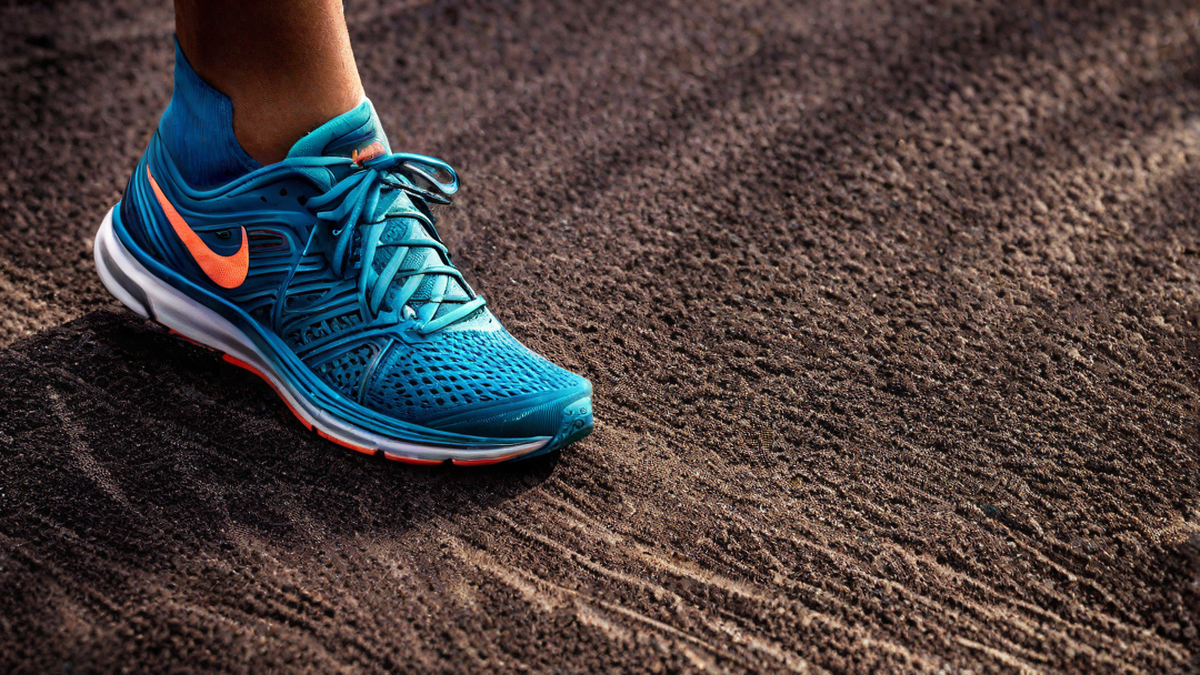When it comes to running, one of the most overlooked aspects is the proper lacing of your running shoes. As a runner myself, I have learned through trial and error just how important it is to have the right lacing technique. Not only does it ensure a comfortable fit, but it can also prevent injuries and enhance your running experience.
The Importance of Proper Lacing
Properly lacing your running shoes can make a world of difference in your running performance. It allows you to achieve a snug fit that supports your feet and prevents any unnecessary movements or slipping. This is especially crucial during long-distance runs or intense workouts where stability and support are essential.
Additionally, the right lacing technique can help alleviate common foot problems such as blisters, hot spots, and black toenails. By distributing pressure evenly across your feet, you can minimize friction and discomfort, giving you a more enjoyable and pain-free running experience.
Choosing the Right Lacing Technique
There are several lacing techniques that you can try, depending on your specific needs and foot structure. Let’s explore some of the most common ones:
1. Over-Under Lacing
This technique is ideal for runners who have wider feet or experience pressure on the top of their foot. It involves lacing the shoelaces over and under the eyelets alternatively, creating a snug and even fit. The alternating pattern helps distribute pressure evenly across the foot, reducing discomfort.
2. Heel Lock Lacing
For runners who struggle with heel slippage, the heel lock lacing technique can be a game-changer. By creating an extra loop near the top of the shoe, you can secure your heel in place and prevent it from moving excessively. This technique is especially beneficial for those with narrow heels or who engage in fast-paced activities like sprints or trail running.
3. Wide Forefoot Lacing
If you have wider forefeet or experience numbness or tingling due to pressure, the wide forefoot lacing technique can provide relief. By skipping a few eyelets in the middle of the lacing pattern, you can create a wider space for your forefoot, giving it more room to spread naturally. This technique can also benefit runners with bunions or other foot deformities.
Step-by-Step Guide to Properly Lace Your Running Shoes
Here’s a step-by-step guide to help you lace your running shoes properly:
- Start by loosening and fully opening the laces of your running shoes.
- Slide your foot into the shoe and make sure your heel is properly positioned at the back.
- Grab the ends of the laces and pull them tightly, ensuring a snug fit.
- Choose a lacing technique that suits your needs (e.g., over-under lacing, heel lock lacing, wide forefoot lacing).
- Begin lacing your shoes, following the chosen technique. Take your time to ensure each eyelet is properly threaded.
- Once you reach the top, tie a secure knot to keep the laces in place.
- Make any necessary adjustments to achieve the desired fit and comfort.
Remember, everyone’s feet are unique, so don’t be afraid to experiment with different lacing techniques until you find the one that works best for you.
Conclusion
Lacing your running shoes properly may seem like a small detail, but it can have a significant impact on your overall running experience. Not only does it provide a secure and comfortable fit, but it also helps prevent foot problems and enhance your performance. So, take the time to find the right lacing technique for your feet, and enjoy a more enjoyable and injury-free running journey!

